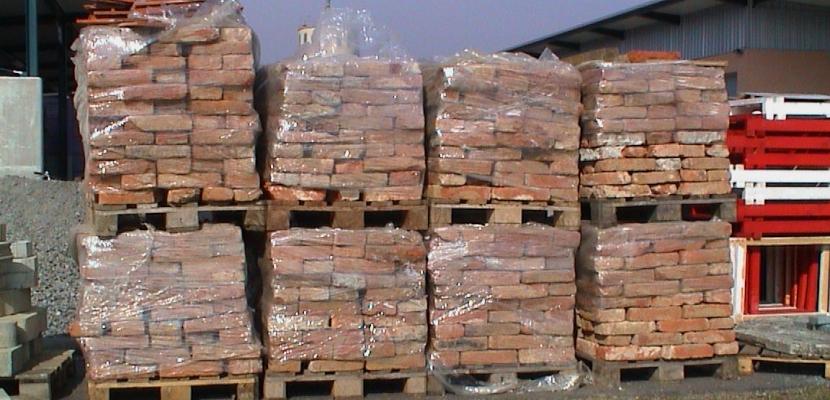Image

Austrian Recycling Building Materials Ordinance
Published on 26 May 2021

Austria
This is the good practice's implementation level. It can be national, regional or local.
About this good practice
The Austrian Recycling Building Materials Ordinance has been published in in 2015 and revised in 2016. The main objective of this ordinance is to promote the recycling of construction and demolition waste by ensuring a high quality of waste generated during construction and demolition activities. It shall contribute to increased materials efficiency and circular economy.
In particular, the ordinance applies to construction and demolition activities, the production and use of recycled materials and certain recycling materials, for which the waste status, pursuant to the Austrian Waste Management Act 2002, ends.
In general, the ordinance sets out requirements to be fulfilled during the construction and demolition procedure. Prior to the demolition activities, an audit of on-site conditions including the presence of reusable components, pollutants and contaminants has to be carried out. According to the Recycling Building Materials Ordinance, the evaluation has to be based on the Austrian Standard ÖNORM B 3151 “Dismantling of buildings as a standard method for demolition”. It contains the appropriate process chart, which includes the essential steps from the predemolition audit to the mechanical deconstruction.
In particular, the ordinance applies to construction and demolition activities, the production and use of recycled materials and certain recycling materials, for which the waste status, pursuant to the Austrian Waste Management Act 2002, ends.
In general, the ordinance sets out requirements to be fulfilled during the construction and demolition procedure. Prior to the demolition activities, an audit of on-site conditions including the presence of reusable components, pollutants and contaminants has to be carried out. According to the Recycling Building Materials Ordinance, the evaluation has to be based on the Austrian Standard ÖNORM B 3151 “Dismantling of buildings as a standard method for demolition”. It contains the appropriate process chart, which includes the essential steps from the predemolition audit to the mechanical deconstruction.
Expert opinion
The national legislative act described by the good practice at hand is instrumental to the achievement of the reuse and recycling objectives set out by the Waste Framework Directive. Local and regional authorities in other EU countries may be inspired by in particular the prescription to carry out on site audits with the view to determine which CDW can be recycled and reused: this is in line also with the overarching objectives of the new EU Circular Economy Action Plan and the zero pollution ambitions pursued by the EU with the European Green Deal. Local and regional authorities in the EU are equally advised to follow the 2018 ‘Guidelines for the waste audits before demolition and renovation works of buildings’ which can be consulted at this webpage: https://ec.europa.eu/growth/content/eu-construction-and-demolition-waste-protocol-0_en.
Resources needed
Higher administrative costs for citizens and companies are offset by more circularity in the use of resources and secondary raw materials. Detailed cost-impact assessment of the competent ministry see: https://www.ris.bka.gv.at/Dokumente/Begut/BEGUT_COO_2026_100_2_1053598/COO_2026_100_2_1053656.pdf
Evidence of success
Environmental benefits are ressource efficency, reduction of landfill volume compared to the variant with less recycling, increase of the volume of reused waste. Economic benefits are a high quality of waste from construction and demolition activities in order to enhance the recycling of such waste. Ca. 8,6 mio. tons of recycling building materials were produced in Austria in 2019.
Potential for learning or transfer
Especially with regard to the detailed presentation of the cost-impact assessment, this regulation can be a good example for other regions. In its practical implications, it is a very valuable tool for improved implementation of the circular economy in the building sector, as it provides legal certainty and increases confidence in the quality of recycled building materials.
Further information
Website
Good practice owner
You can contact the good practice owner below for more detailed information.
Organisation
Federal Ministry Republic of Austria BMK (former BMLFUW)

Austria
Wien
Contact
Head of Waste and Resource Management